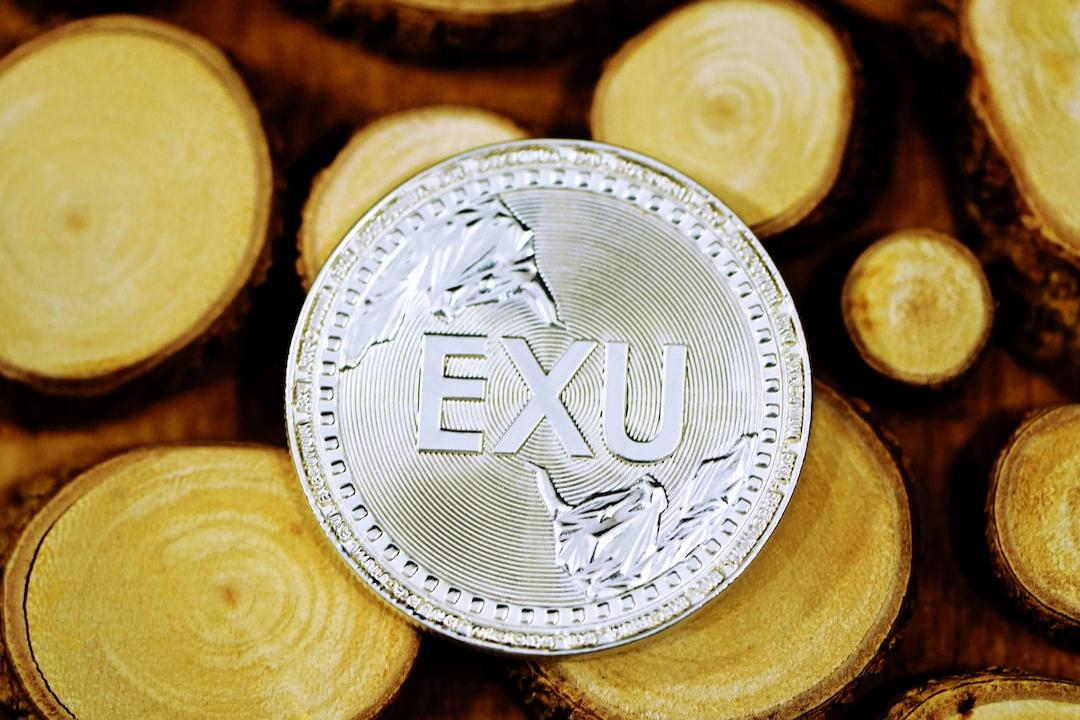Mt. Gox’s compensation plan will distribute billions of dollars worth of BTC and BCH to Mt. Gox creditors from July 1 to October 31, 2024. During this 4-month period, this may lead to changes in the supply and demand dynamics of BTC and BCH, potentially opening up pairing trading opportunities.
Our analysis indicates that the selling pressure on BCH will be four times that of BTC. The assumption is: 1) only a small portion of BTC will be sold as most of the creditors are wealthy Bitcoin holders; 2) for BCH, given its weaker investor base, 100% will be sold in the short term.
Pairing long BTC perpetual contracts with short BCH perpetual contracts is the most effective market-neutral way to express this view, unless there is funding rate risk. Those looking to lock in funding rates can explore other methods, such as short-term futures or borrowing BCH in the spot market.
Figure 1: BTC/BCH ratio is on the rise
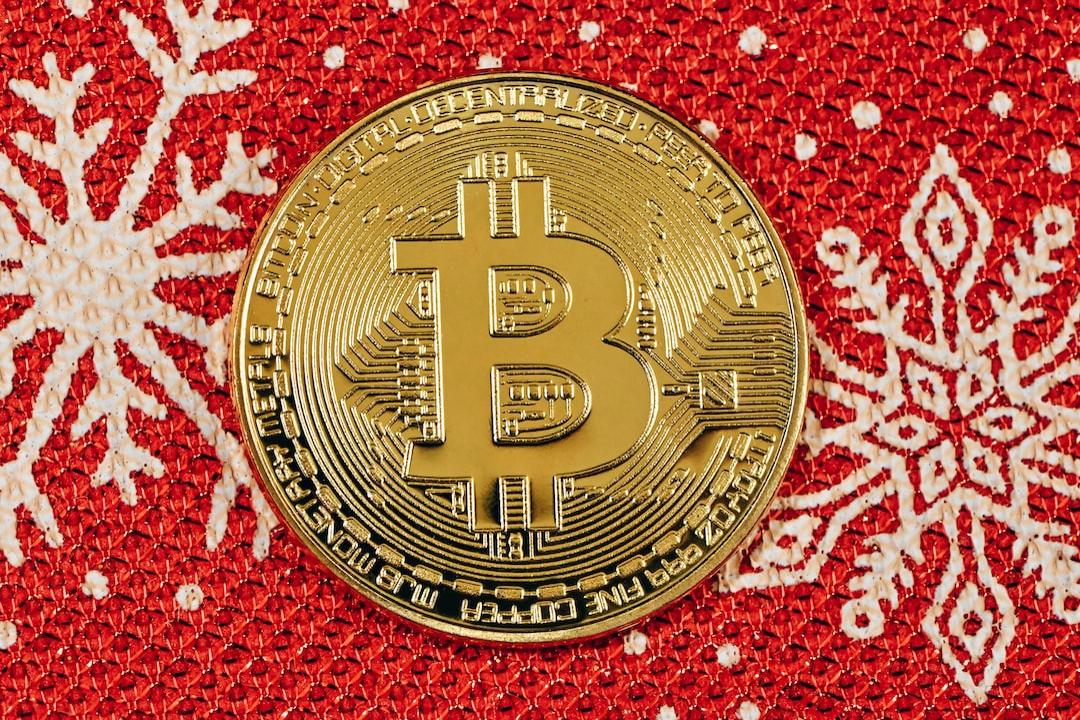
Source: TradingView, Presto Research
Mt. Gox’s Repayment Plan
Mt. Gox, once the world’s largest Bitcoin exchange, closed in early 2014 after losing nearly 1 million Bitcoins held by customers. Some of these assets were later found, and the trustee is working to repay creditors according to the plan.
According to the plan, Mt. Gox creditors can choose to receive a small reduction based on the assets recovered so far, known as the “Early Lump Sum Payment (ELSP)”, instead of waiting for the “full recovery”. This option is generally preferred for creditors who want to secure a prepayment. Another option is to wait for further progress in asset recovery while taking on various risks that could affect the repayment amount, such as the ongoing CoinLab lawsuit. As the outcomes of these issues are uncertain and there is no clear timetable, most creditors prefer to exit early. The highlights of the ELSP are as follows (Figure 2).
Figure 2: ELSP details
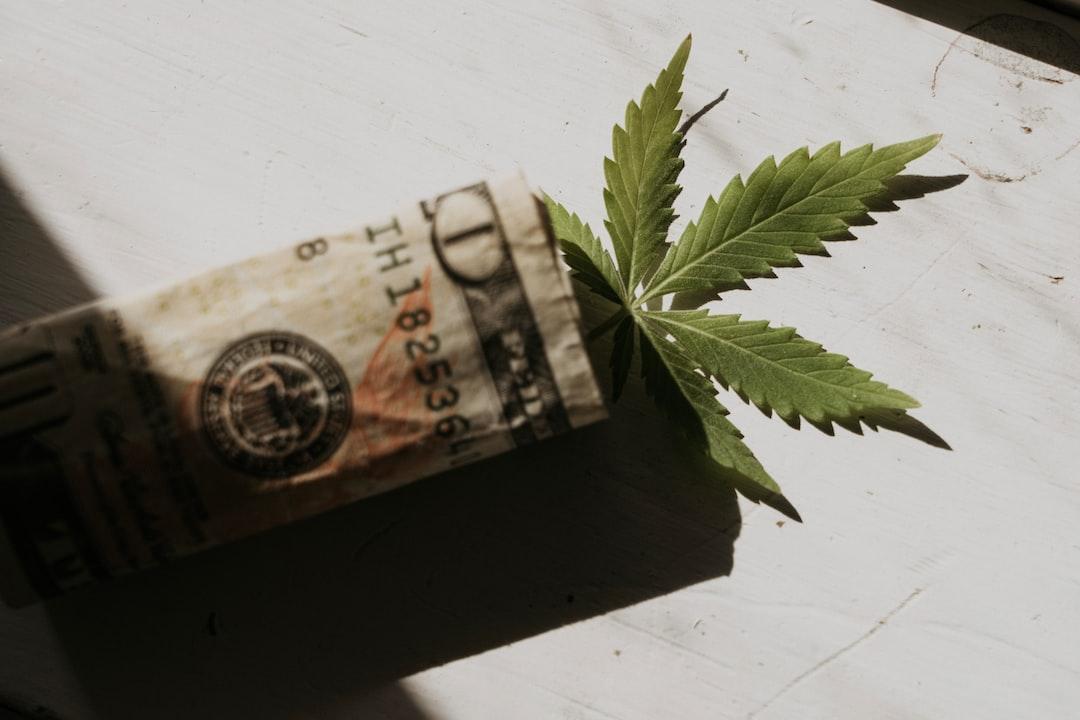
Source: CoinTelegraph, @intangiblecoins, Presto Research
The mainstream belief is that the repayment of billions of dollars will flood the supply and lead to selling, as the recipients of the repayment will cash out.
While this prospect is certainly unsettling for the market, evaluating whether it will have a significant impact requires careful analysis.
In general, any market so-called “hanging by a thread” risks only occur when 1) the seller is under time pressure, or 2) the opportunity cost of holding the asset is considered high.
Assessing these two points for the assets in question (BTC and BCH), we can observe different dynamics at play.
Analyzing Mt. Gox Creditors
Our analysis is inspired by the “X” theme of Galaxy Digital Research Director Alex Thorn, which provides an excellent framework for thinking about this issue. We have reproduced his table below and supplemented it with additional data to ensure clarity.
Figure 3: Analysis of ELSP repayment

Source: @intangiblecoins, Presto Research
Evaluating how creditors may act upon receiving the repayment requires a more detailed understanding of who they are. The table shows that, apart from individual creditors, the two largest creditor groups are the “Claim Fund” and Bitcoinica. The Claim Fund is essentially an institutional “vulture fund” aimed at purchasing bankruptcy claims at a substantial discount. Fortress Investment Group and Off The Chain Capital are major players in Mt. Gox trading. The Claim Fund has accumulated a significant amount of BTC claims from distressed sellers over the past few years, estimated to be 20,000 BTC. Bitcoinica is a now-defunct New Zealand Bitcoin exchange with deposits of up to 10,000 Bitcoins on Mt. Gox.
Alex points out in his post:
– His analysis assumes that 75% of creditors accept ELSP.
– The Claim Fund is unlikely to sell immediately, as their limited partners are early Bitcoin holders who are already wealthy and want to accumulate more funds at a discount.
– As a defunct exchange undergoing bankruptcy proceedings, Bitcoinica is unlikely to liquidate its holdings.
– The current group of individual creditors is likely “strong-handed” as they chose to retain their claims for ten years, resisting active bids from the Claim Fund. Weaker creditors have plenty of opportunities to exit, and they likely have already done so.
Taking into account the above, we expand on Alex’s original analysis by adding assumptions about the portion of creditors entering the market for repayment. Specifically,
– For BTC, we assume only a small portion will be sold due to the reasons mentioned above. For BCH, we assume 100% will be sold in the short term
(Figure 4). Considering that the Bitcoin Cash fork occurred three years after the Mt. Gox bankruptcy event, the assumption here is that Mt. Gox creditors were not aware of Bitcoin Cash and are more likely to treat their BCH payments like any crypto enthusiast handling airdrops—i.e., cash out immediately or exchange for BTC. We apply these assumptions to the data in Figure 3 to derive the potential USD value of BTC and BCH liquidations. The trading volume for BCH is much smaller compared to BTC.
As BCH’s trading volume is much smaller than BTC, the selling pressure on BCH is much greater than that of BTC—i.e., the daily trading value of BTC accounts for 6%, while that of BCH accounts for 24%.
Figure 4: Selling pressure on BCH is 4 times that of BTC
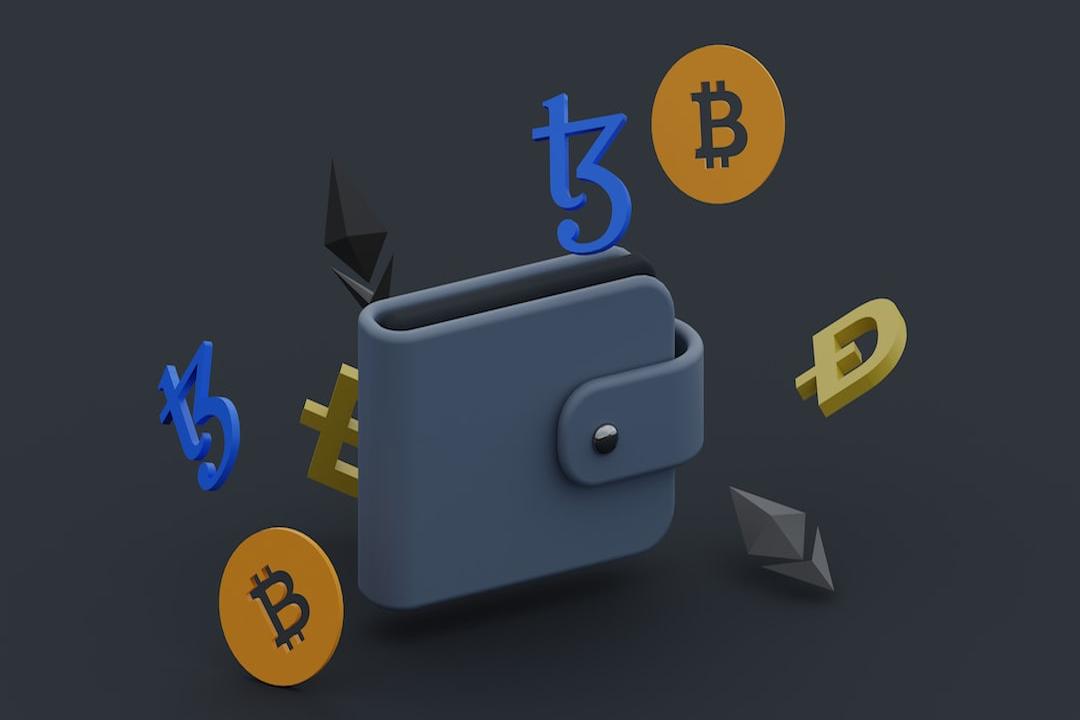
Source: @intangiblecoins, Presto Research
The best way to use this asymmetric supply risk in a market-neutral way is to take a long BTC position while simultaneously taking a short BCH position.
This can be expressed in several different ways, but the most effective is through the perpetual futures (perps) market. Perpetual operators face funding rate fluctuations, but compared to the convenience of quickly establishing and unwinding bilateral bets, this risk is easily outweighed.
For example, let’s look at expressing this trade through Binance USD-M futures. In 2024, the average annualized net funding rate for taking long BTCUSDT perpetual contracts and shorting BCHUSDT perpetual contracts is 13% (Figure 5). If you enter this trade for 3 months, the breakeven threshold will be 3.25%. Given that the BTC/BCH ratio is currently at 161, a partial high point of 193 (+20% upside) will clear the barrier rate and generate a market-neutral return of 17% after deducting funding costs. The historical high point for this ratio was 252 in May 2023.
Figure 5: Funding costs for pairing trades
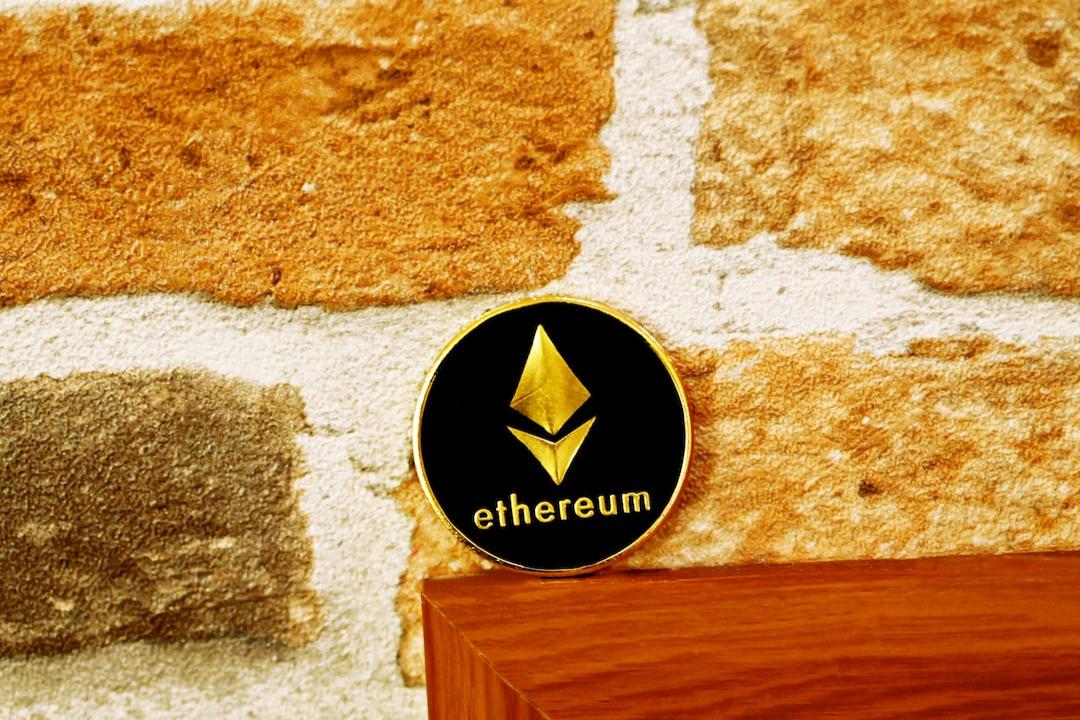
Source: Binance, Presto Research
Additionally, those looking to lock in funding rates can explore other methods, such as short-term futures or borrowing the underlying asset in the spot market. Some exchanges offer BCH/BTC currency pair trading, although liquidity is lower (Figure 6).
Figure 6: BCH/BTC currency pair has a 24-hour trading volume of $2.3 million
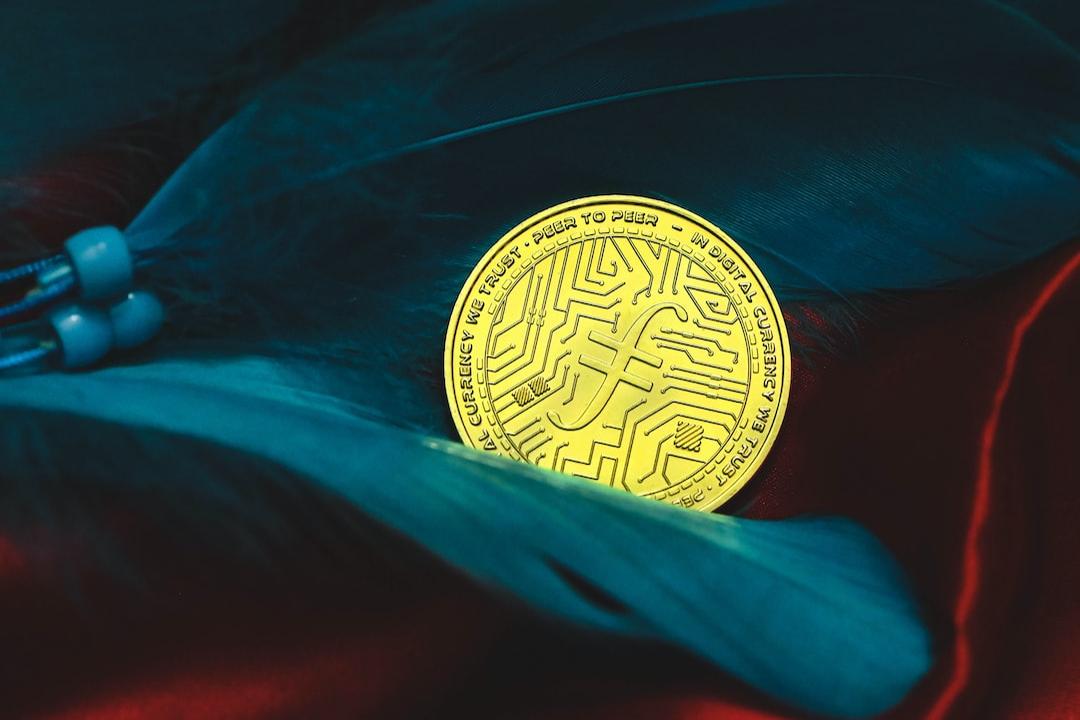
Source: Binance

